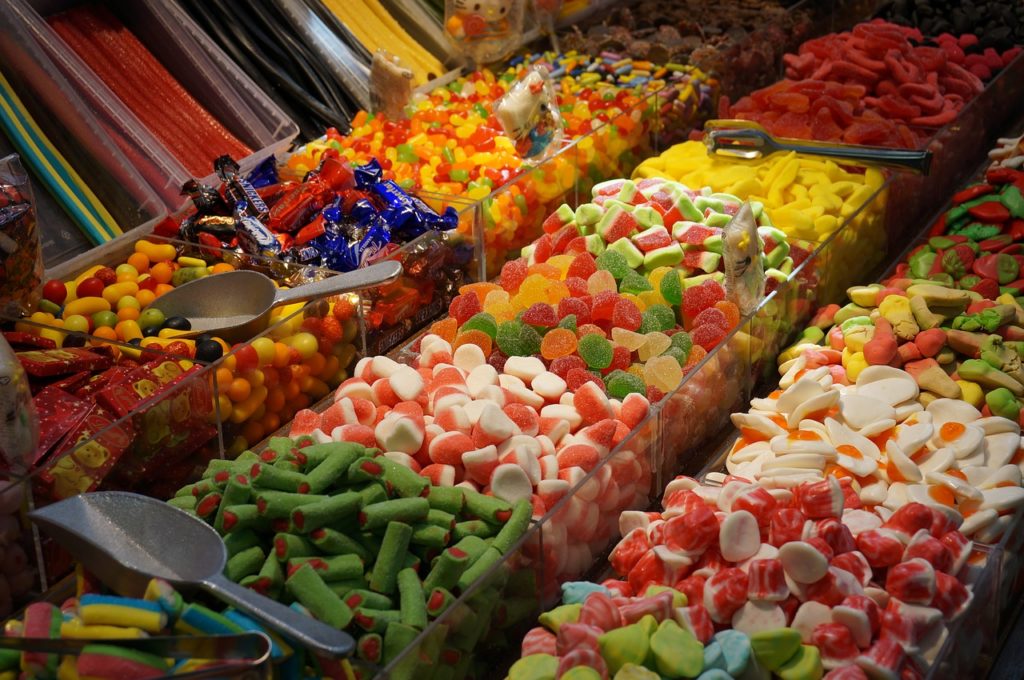
Sugar – How Much is OK to Eat?
Consuming too much energy, whether from carbohydrates or fat, including sugar, will make you gain weight. This excess weight, if left unchecked, increases your risk of lifestyle-related diseases such as heart disease, diabetes and some cancers.
The World Health Organization (WHO) recommends children and adults limit their intake of free sugars to less than 10% of their total energy intake. Below 5% carries additional health benefits, but more than half of people usually exceed the WHO recommendations.
Free sugars refer to monosaccharides (such as glucose) and disaccharides (table sugar or sucrose) added to drinks and foods by the manufacturer, consumer or cook. It also refers to sugars naturally present in fruit juices, syrups, honey and fruit juice concentrates.
If you’re an average-sized adult drinking and eating enough to maintain a healthy body weight, 10% of your total energy intake from free sugar roughly translates to no more than 54 grams or around 12 teaspoons, per day.
Most sugar we eat (around 75%) comes from processed and pre-packaged and processed drinks and foods. The rest we add to coffee, cereal, tea and other foods we cook.
The largest proportion of free sugar intake accounts for sugary drinks. A single can or 600ml bottle of soft drink provides around 40-70g sugar. Flavored milks are also high in free sugars (50g in a 500ml carton) but can be a good source of calcium.
Breakfast cereals are foods high in sugar. While some sugar is derived from dried fruit, many popular granola mixes add various forms of sugar and 30% to 50% of your daily free sugar allowance, can contain a cup of some types of cereal.

Popular sugar-free recipes and “healthy foods” can be particularly misleading as they can contain as much sugar as their sweet alternatives. Usually this is referring to “sucrose-free” (white sugar) and doesn’t exclude the use of other sugar derivatives such as maple, agave or rice malt syrup.
We know treats such as ice cream, pastries or chocolate do contain sugar, but just how much might surprise you. A chocolate-coated ice cream will contribute five teaspoons of sugar, or almost half the daily limit.
Depending on where it comes from, sugar added to drink and foods can have different names. When reading labels, alternative names for sugar include:
- sucrose
- dextrose
- glucose
- raw sugar
- corn syrup
- maltose
- molasses
- cane sugar
- malt extract
- fruit juice concentrate.
Sugar is the main ingredient, if any of these are listed as the first three ingredients.
How can you cut down on added sugars?
- Eat fewer foods with free sugars. Reduce your intake of sweets such as fruit drinks, chocolate, biscuits, cakes, sugar-sweetened soft drinks, cordials, sport drinks and vitamin waters.
- Make some swaps. Swap your cereal for a lower-sugar variety and limit the amount of sugar you add. Drink plain tap water and swap brands for sugar-free or those with lower added sugar.
- Read the labels on packaged drink and food. If the product has more than 15g of sugar per 100g, check to see if sugar is one of the main ingredients. If it is, choose products containing less sugar.
